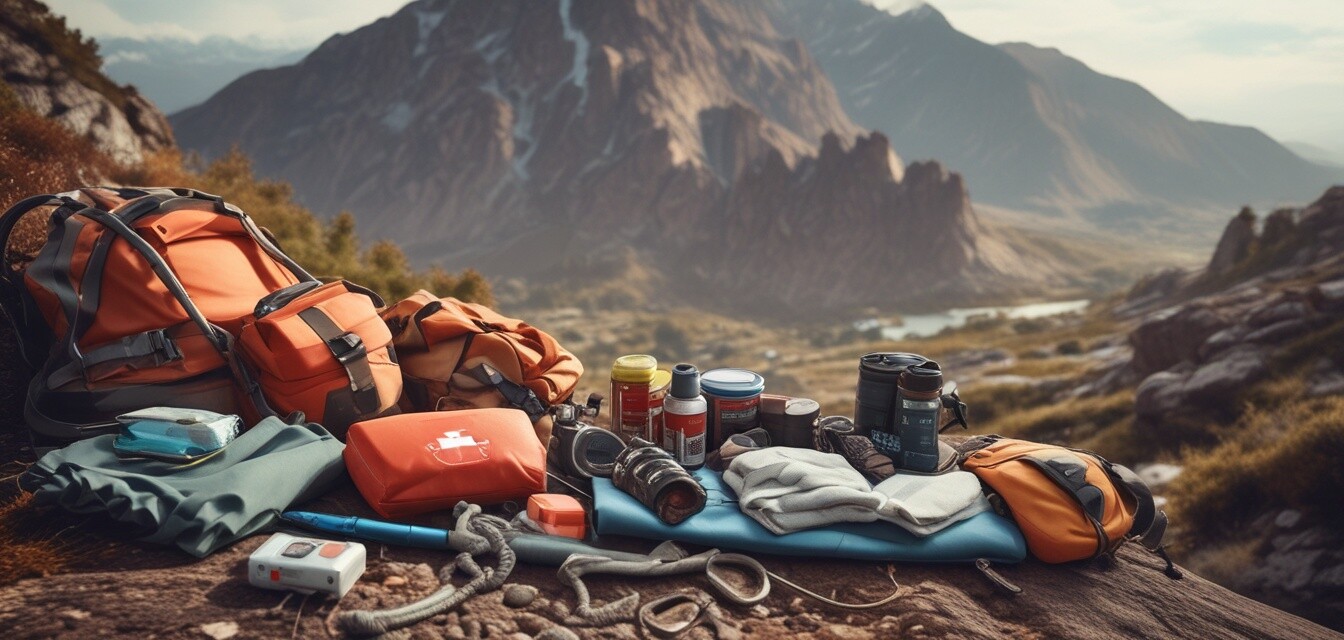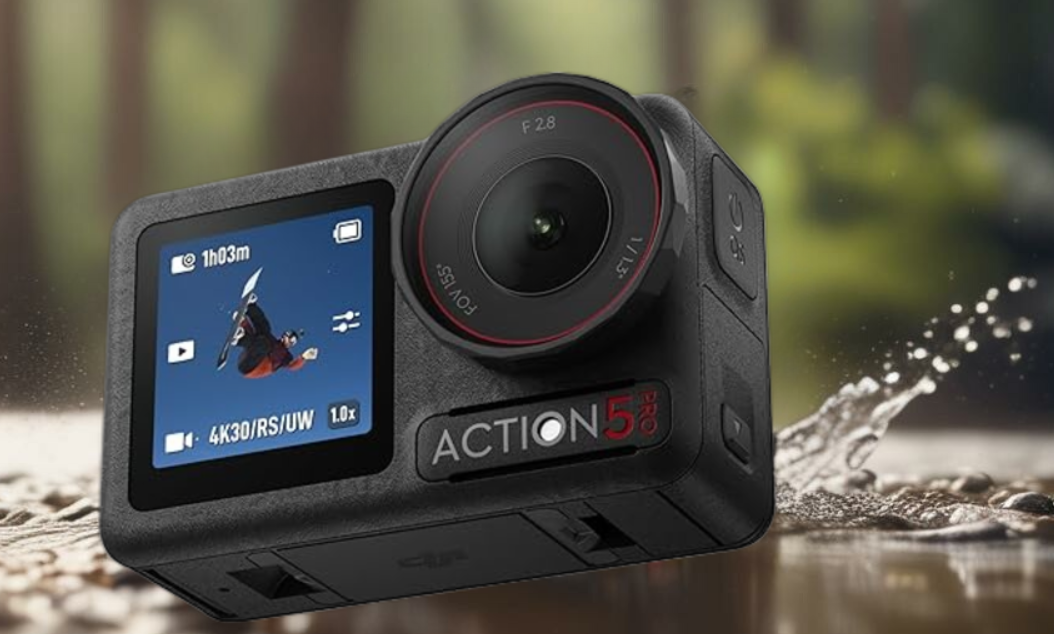
As an Amazon Associate, I earn from any qualifying purchases, at No Extra Cost to You.
Essential emergency gear for backpackers
Key Takeaways
- Always pack a comprehensive first aid kit tailored to your needs.
- Emergency blankets are lightweight and versatile for warmth.
- Signaling devices can be crucial for communication in emergencies.
- Regularly check and maintain your emergency gear for readiness.
- Educate yourself on outdoor safety and emergency procedures.
When hitting the trails, ensuring your safety is paramount. Every backpacker should equip themselves with essential emergency gear. This guide delves into the various items you should be carrying to ensure you’re prepared for any unexpected situations that may arise in the wild.
Why emergency gear is essential
The wilderness can be unpredictable. Whether you're embarking on a short hike or an extended trek, having the right emergency gear can mean the difference between a minor inconvenience and a serious situation. Outfitting yourself with these essentials not only enhances your safety but also allows you to manage unplanned challenges more effectively.
Essential emergency gear checklist
Below is a checklist of emergency gear that every backpacker should consider carrying on their adventures:
| Emergency Gear | Description |
|---|---|
| First Aid Kit | A well-stocked kit for treating minor injuries such as cuts, scrapes, or insect bites. |
| Emergency Blanket | A compact, reflective blanket to retain body heat in case of cold weather or emergencies. |
| Signal Mirror | A reflective surface that can signal for help over long distances. |
| Whistle | A loud tool that can attract attention in case you need help. |
| Headlamp or Flashlight | A reliable light source to navigate after dark or during emergencies. |
| Multi-tool | A versatile tool that can assist in various tasks, from repairing gear to preparing food. |
| Water Purification Tablets | Tablets that ensure you have access to safe drinking water. |
| Fire Starter | Tools for creating fire that can provide warmth, a signal, and cooking capabilities. |
Understanding first aid kits
A first aid kit is fundamental to your gear selection. It should be tailored to the specific needs of your group and your activities. Here’s what it typically includes:
- Adhesive bandages
- Gauze and adhesive tape
- Antiseptic wipes
- Antibiotic ointment
- Pain relievers
- Personal medications
Choosing the right emergency blanket
Emergency blankets are invaluable for maintaining body heat. They are lightweight and can be used in different ways:
- As a thermal barrier to keep warm
- As a ground cover for insulation
- For signaling due to their reflective properties
Signaling devices for emergencies
In emergencies, the ability to signal for help is crucial. Consider including:
- Signal mirrors
- Whistles
- Brightly colored fabric or flags for visibility
Essential fire starting tools
Being able to start a fire can provide warmth, cook food, and serve as a signal. This could include:
- Waterproof matches
- Lighters
- Ferrocerium rods
- Fire starter kits with tinder
Regular maintenance of emergency gear
Ensure your emergency gear is in good condition by regularly checking and replacing items that have been used or have expired. This includes:
- Inspecting the first aid kit for expired items
- Replacing any missing components
- Testing the functionality of flashlights and headlamps
Educating yourself on outdoor safety
While having the right gear is essential, knowing how to use it effectively can be a lifesaver. Take the time to:
- Learn about local wildlife and potential hazards
- Practice first aid skills
- Understand how to navigate using a map and compass
- Familiarize yourself with emergency procedures
Pros
- Increased safety while exploring the outdoors.
- Ability to handle unexpected injuries or emergencies.
- Peace of mind knowing you are prepared.
- Versatile gear that can serve multiple functions.
Cons
- Additional weight in your pack.
- Costs may add up for high-quality gear.
- Requires regular inspection and maintenance.
Conclusion
Equipping yourself with essential emergency gear is the groundwork for safe backpacking adventures. Investing in a comprehensive first aid kit, emergency blanket, signaling devices, and more will prepare you for unexpected circumstances you might encounter on the trail. Regularly check and update your gear to ensure readiness, and educate yourself on outdoor safety procedures. By doing so, you enhance not only your safety but also that of your companions.
For more in-depth guides, check our other articles like our Buying Guides, or explore different categories of gear available such as Backpacks, Cooking Gear, and Tents & Shelters.
